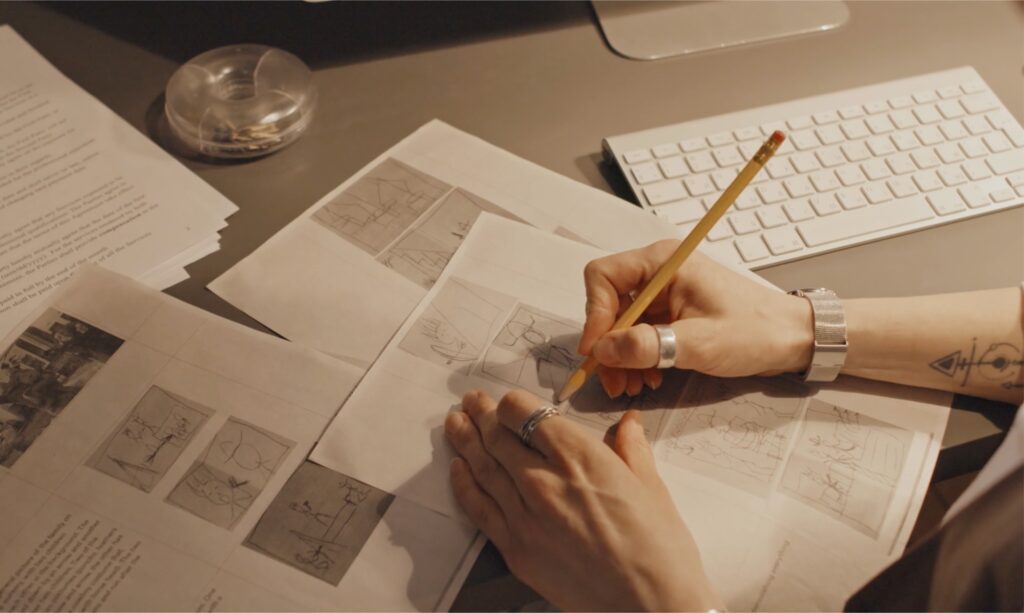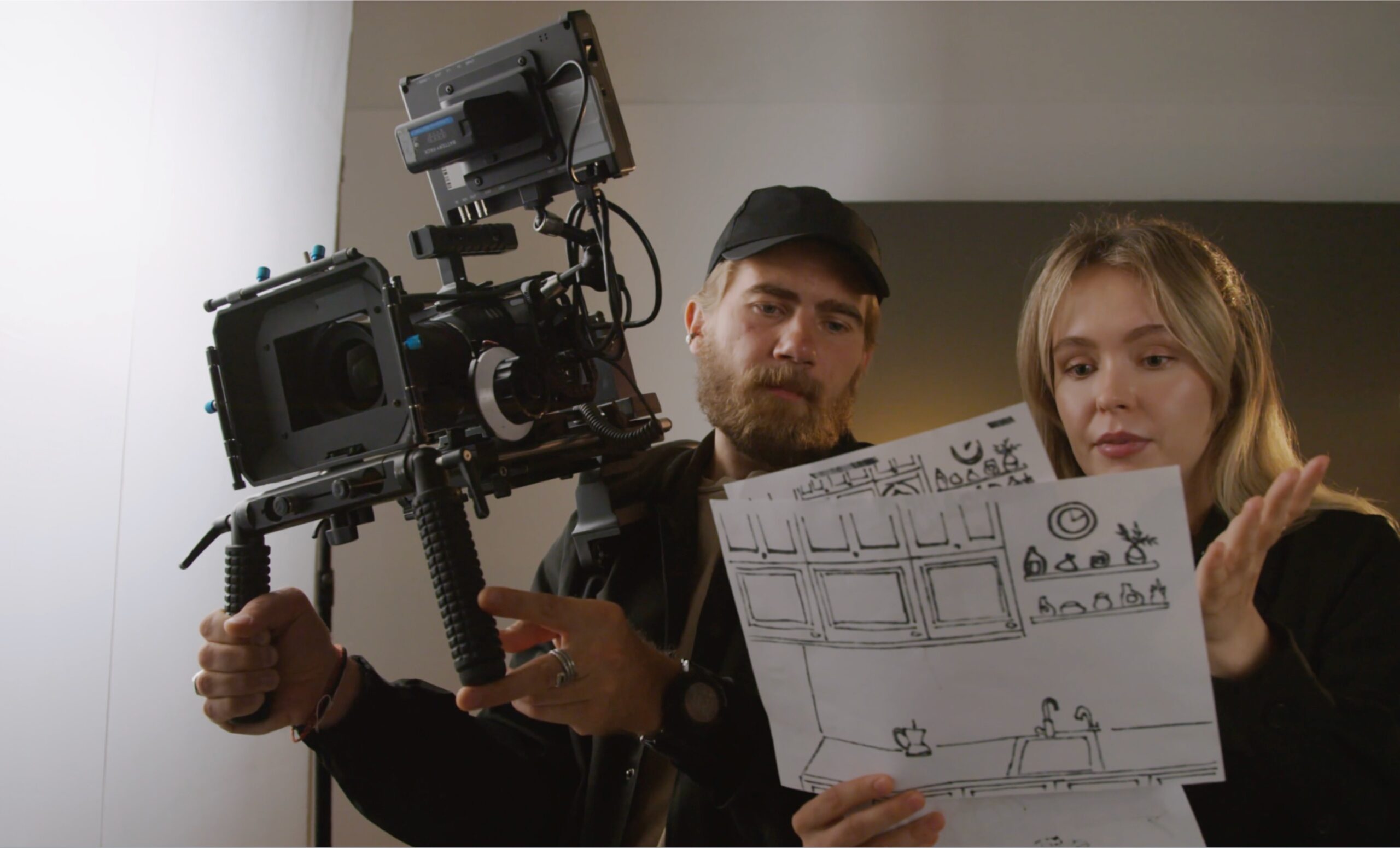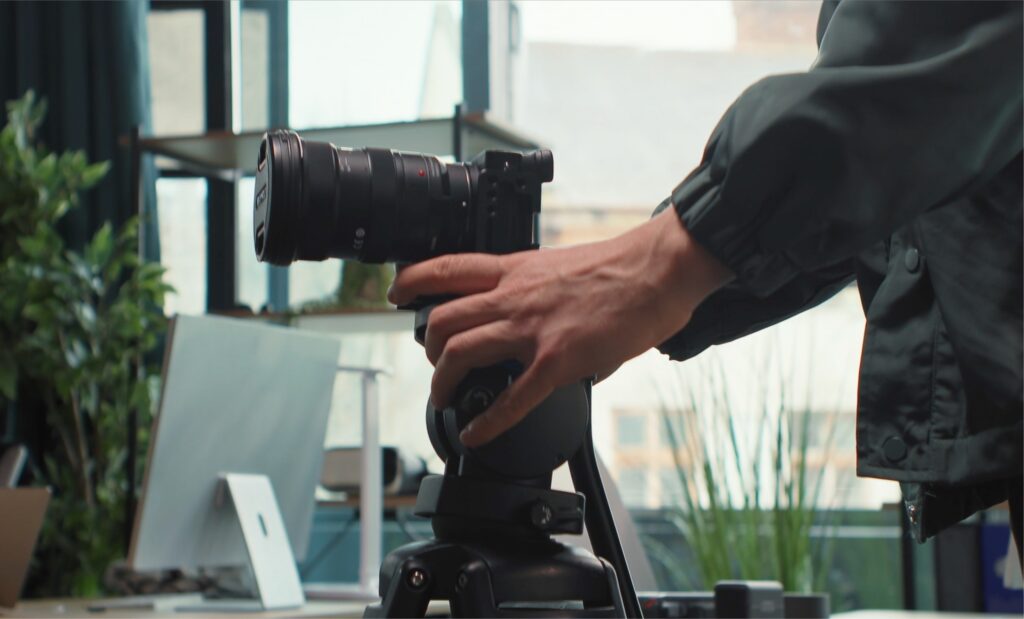Mastering the art of Scriptwriting and Storyboarding on a Budget is a pivotal step for filmmakers and content creators who aim to produce compelling content without overspending. This guide dives into the essential strategies for developing your video’s narrative and visual blueprint affordably. By focusing on the fundamentals of storytelling and leveraging cost-effective tools and resources, you can lay a solid foundation for your project. Here, we outline how to craft engaging scripts and create effective storyboards with minimal financial investment, ensuring that your creative vision comes to life without exceeding your budget.
Embracing Scriptwriting with Minimal Resources
Scriptwriting doesn’t have to involve expensive software or professional writers. At its core, it’s about storytelling. Start by outlining your video’s main message or story. Use free writing tools like Google Docs or LibreOffice Writer, which offer sufficient features for drafting your scripts. Focus on creating a narrative that engages your audience, keeping in mind the key message you want to convey. Online communities and free resources can provide templates and examples to help structure your script effectively.

Storyboarding on a Shoestring
Storyboarding is an essential step in visualising your project. It outlines the sequence of your video, shot by shot, making it easier to communicate your vision to others and plan your shoots efficiently. For budget-conscious creators, there’s no need for fancy software. Free tools like Canva or storyboarding templates available online can be incredibly useful. You can even draw your storyboards by hand on paper. The goal is to create a visual representation of your video, detailing shots, angles, and transitions.
Tips for Effective Scriptwriting and Storyboarding
- Keep It Simple: Focus on clarity and simplicity in your storytelling. Avoid overcomplicating the script or storyboard.
- Be Visual: Use your storyboard to explore different visual treatments and camera angles that enhance your story.
- Feedback is Key: Share your script and storyboard with peers for feedback. Fresh eyes can offer valuable insights and suggestions for improvement.
- Revision is Part of the Process: Don’t be afraid to revise your script and storyboard as needed. Flexibility can lead to a more polished end product.
Conclusion
Scriptwriting and storyboarding are foundational elements of video production that don’t need to break the bank. By leveraging free resources and embracing a DIY approach, content creators can develop strong narratives and visual plans that serve as a blueprint for their projects. This careful planning not only saves money but also enhances the quality of the final video, ensuring your content resonates with your intended audience.





